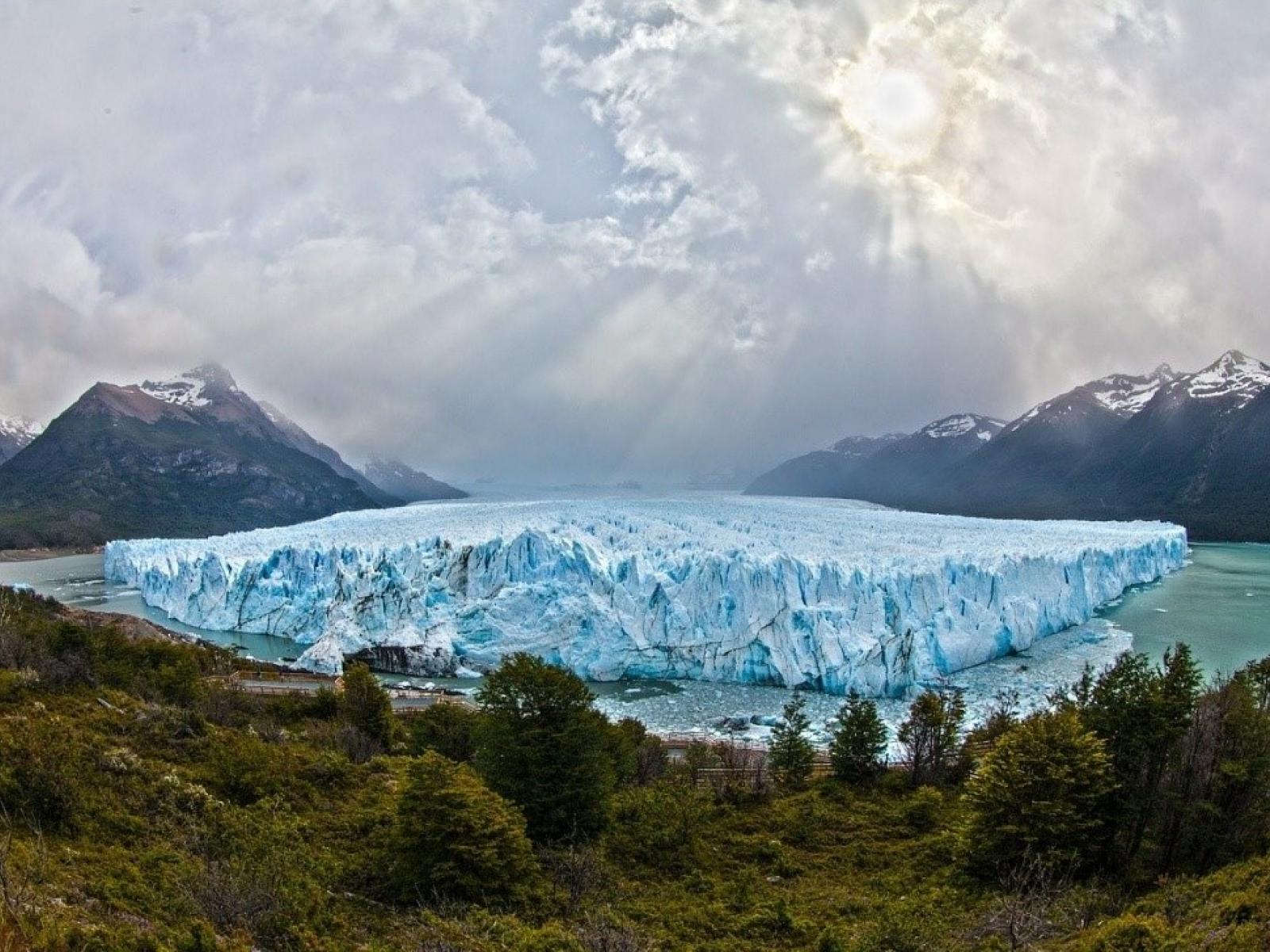The Sweet Spot for Cooling the Earth’s Climate
A new study provides insights on the location of forcing that yields the optimal cooling effect

Researchers developed a methodology that could be used to identify where negative forcing may be applied to cool the climate.
(Image by Adam Derewecki | Pixabay.com)
Published: November 6, 2020
Lu J, F Liu, LR Leung, and H Lei. 2020. “Neutral modes of surface temperature and the optimal ocean thermal forcing for global cooling.” npj Clim Atmos Sci, 3: 9, DOI: 10.1038/s41612-020-0112-6.